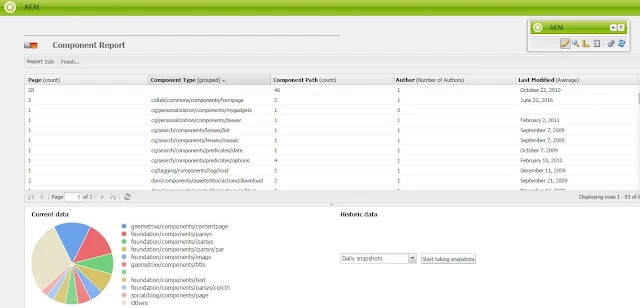In this blog we will learn: How to trigger email notification in ASP.NET with C# or automatically send email notification using gmail SMTP.
In this electronic era everyone wants a contact us page in their website and on that page people want a adaptive form where their users fill that form with required details and submit. Which may later use those details by admin of that website to contact that user. To create a adaptive form and on click on submit button admin will receive an email.
first we will design our adaptive form in html, below is the sample.
<html>
<head>
<title>Adaptive Form/Contact Us</title>
</head>
<body>
<form id="form1" runat="server">
<div>
<table style="width: 247px; height: 105px">
<tr>
<td>
Name:</td>
<td>
<asp:TextBox ID="txtname" runat="server"></asp:TextBox></td>
</tr>
<tr>
<td>
Email:</td>
<td>
<asp:TextBox ID="txtemail" runat="server" ></asp:TextBox></td>
</tr>
<tr>
<td>
Message</td>
<td>
<asp:TextBox ID="txtmes" runat="server"></asp:TextBox></td>
</tr>
<tr>
<td>
</td>
<td>
<asp:Label ID="Label1" runat="server" Text="Label"></asp:Label></td>
</tr>
<tr>
<td>
</td>
<td>
<asp:Button ID="btnsend" runat="server" Text="Submit" Width="89px" OnClick="btnsend_Click" /></td>
</tr>
</table>
</div>
</form>
</body>
</html>
Now on the click event of submit button we will write the following C# code.
using System;
using System.Data;
using System.Configuration;
using System.Web;
using System.Web.Security;
using System.Web.UI;
using System.Web.UI.WebControls;
using System.Web.UI.WebControls.WebParts;
using System.Web.UI.HtmlControls;
using System.Net.Mail;
using System.Net;
using System.Text;
using System.Collections.Generic;
public partial class _Default : System.Web.UI.Page
{
protected void Page_Load(object sender, EventArgs e)
{
}
protected void btnsend_Click(object sender, EventArgs e)
{
SmtpClient smtpClient = new SmtpClient();
MailMessage message = new MailMessage();
try
{
// Gmail Address from where you send the mail
string fromAddress = "from@gmail.com";
// any address where the email will be sending
string toAddress = "to@admin.com";
//Password of your gmail address
const string fromPassword = "Put your password here";
// Passing the values and make a email formate to display
string subject = "Request";
string body = "From: " + txtname.Text + "\n";
body += "Email: " + txtemail.Text + "\n";
body += "Subject: " + txtmes.Text + "\n";
// smtp settings
SmtpClient smtp = new System.Net.Mail.SmtpClient();
{
smtp.Host = "smtp.gmail.com";
smtp.Port = 587;
smtp.EnableSsl = true;
smtp.DeliveryMethod = System.Net.Mail.SmtpDeliveryMethod.Network;
smtp.Credentials = new NetworkCredential(fromAddress, fromPassword);
smtp.Timeout = 20000;
}
// Passing values to smtp object
smtp.Send(fromAddress, toAddress, subject, body);
Label1.Text = "Email successfully sent.";
}
catch (Exception ex)
{
Label1.Text = "Send Email Failed." + ex.Message;
}
}
}
Now debug the code and test the functionality


